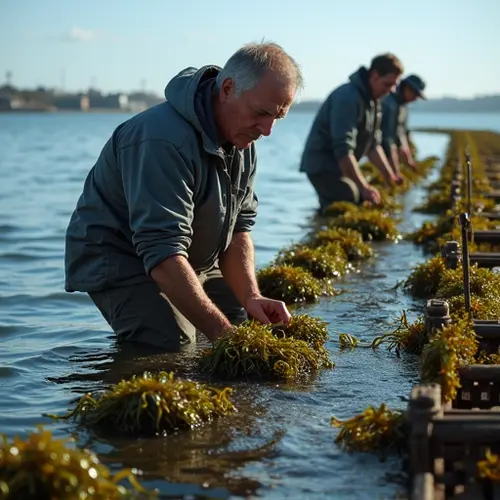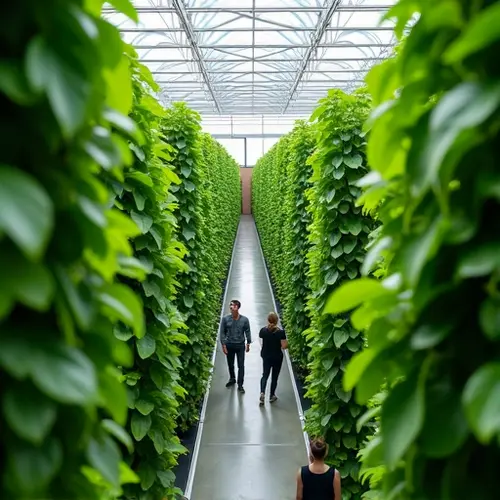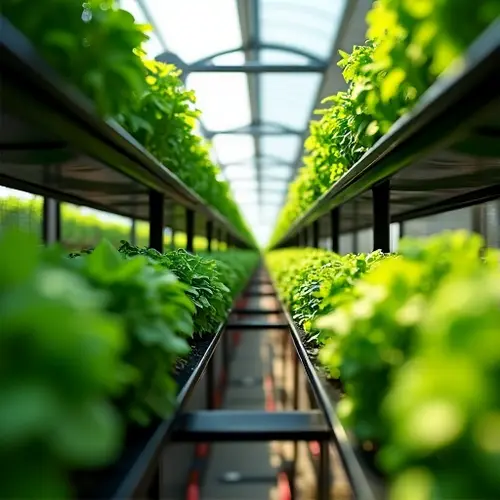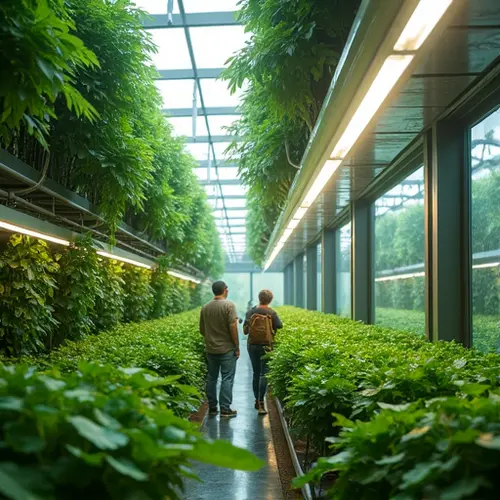
The Future of Food Takes Root in the Sky
Vertical farming is transforming agriculture as we know it. By 2025, bioengineered crops that grow without soil have moved from experimental labs to commercial production, with towering vertical farms sprouting in urban centers worldwide. These high-tech facilities use hydroponic and aeroponic systems to grow crops in vertically stacked layers, achieving yields up to 10 times higher than traditional farming methods.
How Soil-Free Farming Works
Unlike conventional agriculture, vertical farms use precisely controlled environments where every aspect of plant growth is optimized. LED lighting replaces sunlight, nutrient-rich mist substitutes soil, and AI systems monitor plant health 24/7. Recent advancements have enabled bioengineered crops like lettuce, tomatoes, and strawberries to thrive in these conditions with minimal water usage – up to 95% less than field farming.
Breakthroughs Driving the Revolution
Key innovations include:
- CRISPR-engineered crops with accelerated growth cycles
- Root systems optimized for nutrient absorption in mist environments
- Disease-resistant varieties eliminating pesticide needs
- Compact plant architectures maximizing vertical space
Environmental and Economic Impacts
The implications are profound:
- Reduced land use preserving natural ecosystems
- Year-round production unaffected by climate change
- Urban food security with farms in food deserts
- 90% reduction in transportation emissions
What's Next for Vertical Agriculture
Researchers are developing staple crops like bioengineered wheat and rice for vertical systems. The FAO projects that by 2030, vertical farming could supply 15% of the world's vegetables. As startup costs decrease and efficiency improves, this soil-free revolution promises to reshape our relationship with food production fundamentally.

 Nederlands
Nederlands
 English
English
 French
French
 Deutsch
Deutsch
 Espaniol
Espaniol
 Portugese
Portugese








